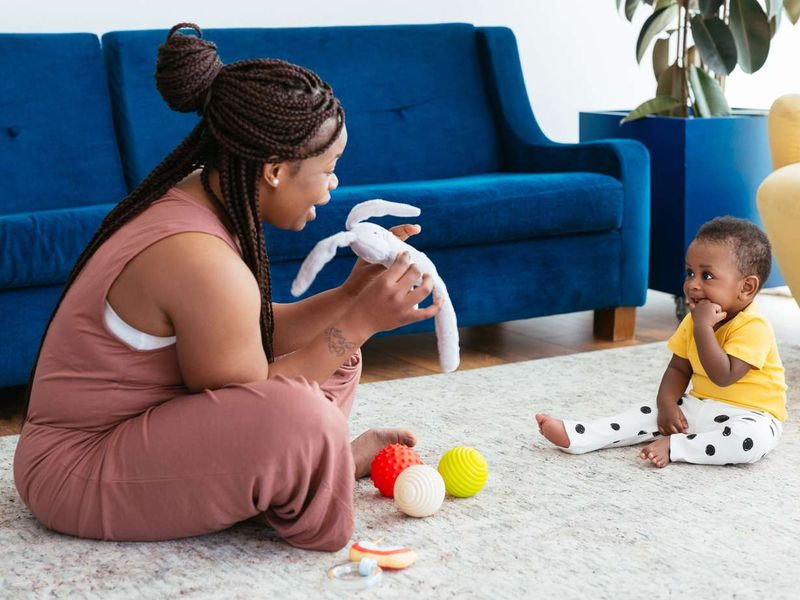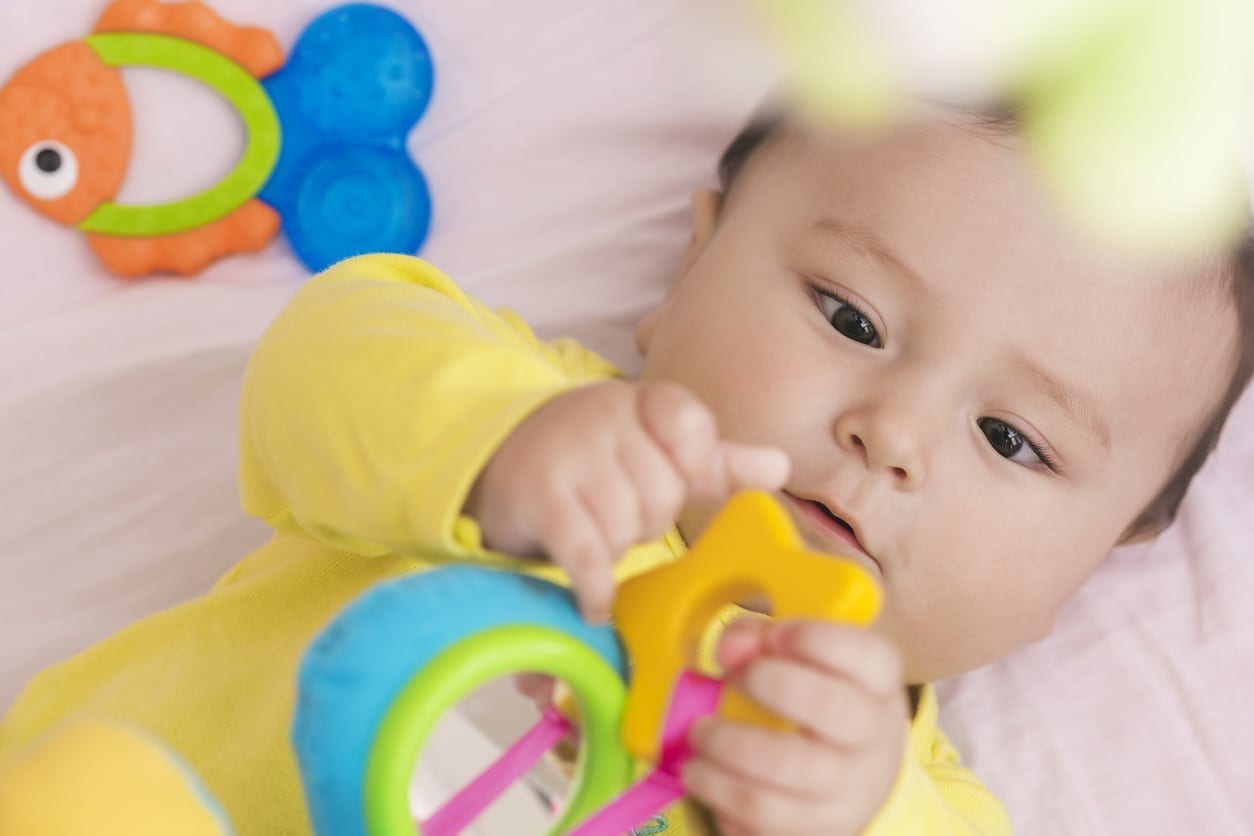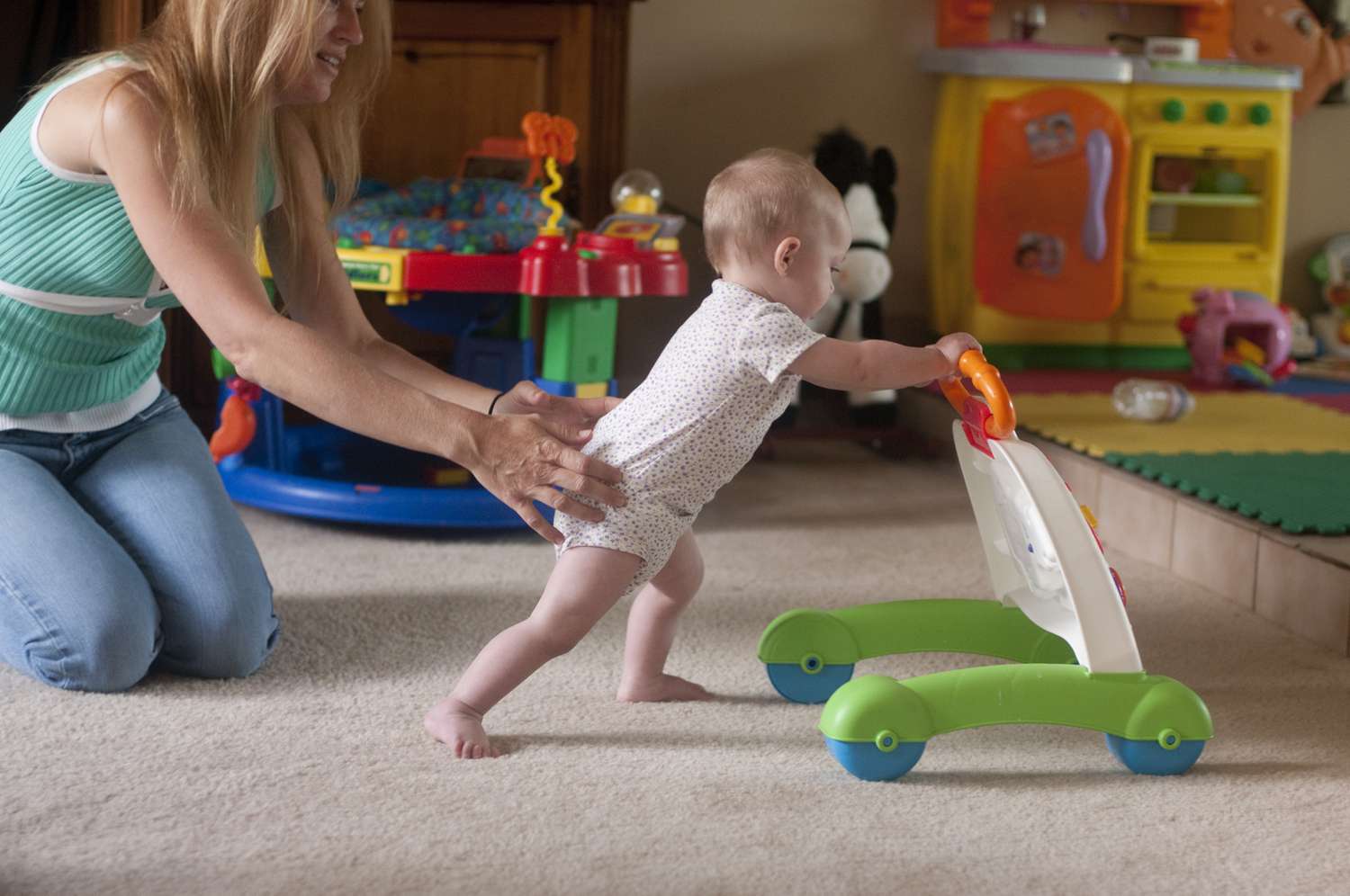
Who Can Benefit from Using a Baby Activity Toy in Infant Care?
The benefits of baby activity toys extend beyond just the infants themselves. These engaging and interactive toys have positive impacts on various individuals involved in caring for infants. In this article, we will explore the different individuals or groups who can benefit from using baby activity toys in the context of infant care. From parents and caregivers to the infants themselves and even siblings, we will discuss the wide range of individuals who can experience the positive effects of using baby activity toys.
Parents and Primary Caregivers
You, as a parent or primary caregiver, are at the forefront of those who can benefit from using a baby activity toy. Let’s explore how different types of parents and caregivers can gain advantages:
New Parents
If you’re new to parenting, using a baby activity toy can be an invaluable tool in your caregiving journey. Here’s how you can benefit:
- Learning to read your baby’s cues: Baby activity toys provide a context for observing your infant’s reactions. You’ll start to recognise signs of engagement, boredom, or overstimulation, helping you become more attuned to your baby’s needs.
- Gaining confidence in interactions: These toys offer a structured way to engage with your baby, which can be especially helpful if you’re feeling unsure about how to play with or stimulate your infant.
- Discovering effective soothing techniques: Some baby activity toys are designed to calm and soothe. By using these, you’ll learn what works best for your baby, building your repertoire of comforting strategies.
Experienced Parents
Even if you’ve raised children before, each baby is unique. Using a baby activity toy with your newest family member can help you:
- Adapt to your new baby’s individual needs: You’ll quickly learn how this child differs from your previous experiences, allowing you to tailor your approach accordingly.
- Find fresh ways to engage: Baby activity toys can inspire new games and interactions, keeping playtime fun and interesting for both you and your baby.
- Create special bonding moments: These toys provide opportunities for one-on-one time, helping you build a unique relationship with each of your children.
Stay-at-Home Parents
For those spending most of their time at home with the baby, using a baby activity toy can be particularly beneficial:
- Providing structure to your day: Incorporating activity toys into your routine can help create a sense of rhythm and purpose in your day-to-day life with an infant.
- Offering opportunities for educational play: These toys can serve as a springboard for teaching early concepts like colours, shapes, and cause-and-effect relationships.
- Maintaining your own mental stimulation: Engaging with your baby through activity toys can help keep your mind active and creative, combating the potential monotony of daily infant care.
Working Parents
If you’re balancing work and parenting, using a baby activity toy during your time with your infant can be especially valuable:
- Maximising quality interaction in limited time: These toys can help you make the most of your evenings and weekends, ensuring that the time you spend with your baby is engaging and meaningful.
- Easing the transition between work and family time: Having a go-to activity can help you switch gears more easily from your professional mindset to your parenting role.
- Creating memorable play sessions: Activity toys can facilitate special moments that strengthen your bond, helping to mitigate any guilt you might feel about time spent away from your baby.
Extended Family Members
Family members beyond the immediate household can also significantly benefit from using a baby activity toy:
Grandparents
For grandparents, using a baby activity toy can be a wonderful way to connect with the youngest generation:
- Bridging generational gaps: These toys provide a common ground for interaction, helping grandparents relate to their grandchildren despite age differences.
- Providing a way to connect and bond: Activity toys offer a structured means of engagement, which can be particularly helpful for grandparents who may feel unsure about how to interact with infants.
- Offering a fun, low-energy way to engage: For older grandparents, these toys allow for meaningful interaction without requiring excessive physical exertion.
Aunts and Uncles
These family members can use baby activity toys to establish their own unique relationship with the infant:
- Creating a special role: By consistently engaging with specific toys, aunts and uncles can create positive associations and become the ‘fun’ relatives in the baby’s life.
- Feeling more comfortable with infant interaction: For those less experienced with babies, activity toys provide a clear purpose and direction for playtime.
- Building positive associations for future visits: Regular, enjoyable interactions centred around activity toys can help the baby look forward to visits from these extended family members.
Older Siblings
For brothers and sisters, using a baby activity toy can be a valuable tool in adapting to their new role:
- Feeling involved in the baby’s care: Older children can be encouraged to help choose or demonstrate toys, fostering a sense of responsibility and inclusion.
- Learning about gentleness and responsibility: Through supervised play with activity toys, siblings can learn how to interact safely and kindly with the baby.
- Developing a nurturing relationship: Shared play experiences can help older siblings form a positive, caring bond with the new baby from an early stage.
Professional Caregivers
Those who care for infants in a professional capacity can greatly benefit from using baby activity toys:
Childminders and Nannies
These professionals can use baby activity toys to enhance their caregiving:
- Establishing routines and structure: Activity toys can be used to mark different parts of the day, creating a sense of predictability that’s comforting for infants.
- Providing individualised care: By observing how each child responds to different toys, caregivers can tailor their approach to suit individual needs and preferences.
- Demonstrating engagement to parents: Using activity toys shows parents that their child is receiving stimulating, attentive care throughout the day.
Nursery Workers
In a group setting, using baby activity toys can help nursery staff manage their responsibilities more effectively:
- Managing multiple infants: Different activity toys can keep several babies engaged simultaneously, allowing staff to attend to individual needs more easily.
- Providing stimulation for various developmental stages: With a range of activity toys, nursery workers can ensure that babies of different ages and abilities are appropriately challenged and entertained.
- Creating a positive environment: A well-equipped play area with engaging activity toys can contribute to a cheerful, stimulating atmosphere in the nursery.
Au Pairs
For au pairs, especially those new to childcare or working in a foreign country, using baby activity toys can be particularly beneficial:
- Building confidence in infant interactions: These toys provide a clear purpose and structure for playtime, which can be reassuring for less experienced caregivers.
- Overcoming language barriers: Play with activity toys can facilitate non-verbal communication and bonding, helping au pairs connect with infants despite potential language differences.
- Learning about child development: Hands-on experience with activity toys can provide practical insights into infant growth and learning, complementing any theoretical knowledge.
Health and Development Professionals
Various professionals working with infants can benefit from incorporating baby activity toys into their practice:
Paediatricians
Doctors can use baby activity toys as valuable tools in their work:
- Assessing developmental milestones: By observing how infants interact with age-appropriate activity toys, paediatricians can gauge motor skills, cognitive development, and sensory responses.
- Demonstrating proper play techniques: Doctors can use these toys to show parents how to engage with their babies in ways that support healthy development.
- Making check-ups more enjoyable: Activity toys can distract and entertain infants during examinations, making the experience more pleasant for everyone involved.
Occupational Therapists
These specialists can benefit from using baby activity toys in numerous ways:
- Evaluating fine and gross motor skills: Different types of activity toys can be used to assess a baby’s ability to grasp, reach, and manipulate objects.
- Providing engaging therapy sessions: By incorporating fun activity toys, therapists can make sessions more enjoyable for infants, potentially improving outcomes.
- Recommending appropriate toys for home use: Experience with a range of activity toys allows therapists to suggest specific items that can support a child’s development between sessions.
Speech and Language Therapists
For these professionals, baby activity toys can be invaluable resources:
- Encouraging vocalisations and early communication: Toys that make sounds or require interaction can prompt babies to babble, supporting early language development.
- Assessing auditory responses: Activity toys with various sounds can help therapists evaluate an infant’s hearing and auditory processing.
- Demonstrating language-rich play: Therapists can model for parents how to use activity toys as prompts for descriptive language and conversation.
Child Psychologists
Psychologists working with infants might use baby activity toys to:
- Observe attachment behaviours: By watching how babies interact with toys in the presence of their caregivers, psychologists can assess the strength of attachment relationships.
- Assess cognitive development: Toys that involve problem-solving or cause-and-effect understanding can provide insights into an infant’s cognitive abilities.
- Facilitate parent-child interactions: Activity toys can serve as a medium for observing and guiding healthy interactions between parents and infants.
Researchers and Academics
Those studying child development can benefit significantly from using baby activity toys in their work:
Developmental Psychologists
These researchers might use baby activity toys to:
- Study infant preferences and behaviours: By presenting babies with various activity toys, researchers can gain insights into early cognitive processes and decision-making.
- Investigate cognitive and motor development: Longitudinal studies using consistent sets of activity toys can track developmental progress over time.
- Explore the impact of different types of play: Comparing outcomes for babies exposed to various activity toys can inform understanding of optimal developmental support.
Education Researchers
Academics in this field can benefit from using baby activity toys to:
- Develop early learning curricula: Insights gained from observing how infants engage with activity toys can inform the design of early education programmes.
- Study the effectiveness of different educational approaches: Researchers can use activity toys to compare various methods of early childhood education.
- Investigate the long-term impacts of early sensory play: Longitudinal studies can explore how early experiences with activity toys correlate with later educational outcomes.
Anthropologists
Cultural anthropologists might use baby activity toys to:
- Compare child-rearing practices across cultures: Observing how activity toys are used in different societies can provide insights into diverse approaches to infant care and development.
- Study the universality of play behaviours: By introducing similar activity toys in various cultural contexts, researchers can explore innate versus learned play behaviours.
- Explore how different societies approach infant stimulation: The types of activity toys valued in different cultures can reveal societal attitudes towards early childhood development.
Product Designers and Manufacturers
Those involved in creating baby products can benefit immensely from hands-on experience with baby activity toys:
Toy Designers
Designers can use baby activity toys to:
- Gain insights into infant preferences and abilities: Direct observation of babies interacting with toys can inspire more effective and appealing designs.
- Test the practicality and appeal of new designs: Prototypes can be evaluated based on real-world interactions with infants.
- Understand the needs of both babies and caregivers: Designers can create more user-friendly products by considering how activity toys are used in daily life.
Safety Testers
Professionals ensuring product safety can benefit from using baby activity toys to:
- Identify potential hazards in real-world use: Observing how babies actually interact with toys can reveal safety concerns that might not be apparent in theory.
- Develop more effective safety standards: Insights gained from hands-on testing can inform more comprehensive and relevant safety guidelines.
- Understand how babies interact with different toy features: This knowledge can guide the development of safer toy designs from the outset.
Marketing Professionals
Those marketing baby products can use baby activity toys to:
- Gain firsthand experience with the products: This allows for more authentic and informed marketing messages.
- Understand the concerns and priorities of parents and caregivers: Direct observation can reveal what features and benefits are most valued by end-users.
- Develop more helpful marketing materials: Practical knowledge of how activity toys are used can inform the creation of genuinely useful guides and tutorials for parents.
Conclusion: A Tool with Wide-Reaching Benefits
As we’ve explored in depth, the range of individuals who can benefit from using a baby activity toy in infant care is remarkably diverse. From parents and family members to professional caregivers, health specialists, researchers, and even product developers, these versatile toys offer valuable opportunities for engagement, learning, and development.
Whether you’re a new parent seeking ways to bond with your baby, a grandparent hoping to connect with a new generation, a professional aiming to enhance your work with infants, or a researcher exploring early childhood development, don’t underestimate the power of a well-chosen baby activity toy. By understanding who can benefit from these tools and how, we can maximise their potential and contribute to creating nurturing, stimulating environments that help our littlest ones thrive.
Remember, the key to reaping these benefits lies in thoughtful, engaged use of baby activity toys. It’s not just about having the toy, but about how you use it to interact with and support the infant in your care. So next time you pick up a baby activity toy, consider all the ways you might benefit from this simple yet powerful tool in infant care. The possibilities are truly endless!






